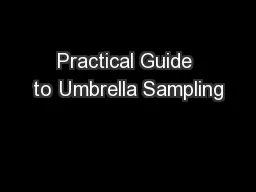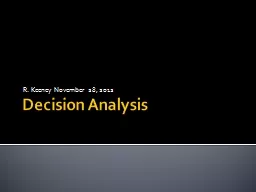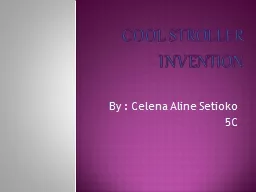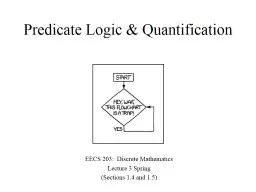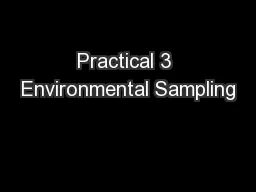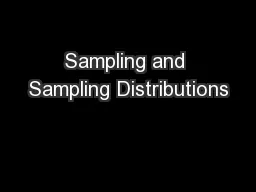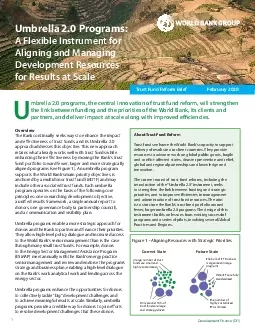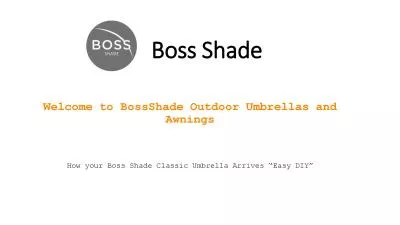PPT-Practical Guide to Umbrella Sampling
Author : sherrill-nordquist | Published Date : 2016-08-01
How to run these simulations using Amber vs Cazuela sampling progress of reaction coordinate ΔG progress of reaction coordinate ΔG Add restraint to force simulation
Presentation Embed Code
Download Presentation
Download Presentation The PPT/PDF document "Practical Guide to Umbrella Sampling" is the property of its rightful owner. Permission is granted to download and print the materials on this website for personal, non-commercial use only, and to display it on your personal computer provided you do not modify the materials and that you retain all copyright notices contained in the materials. By downloading content from our website, you accept the terms of this agreement.
Practical Guide to Umbrella Sampling: Transcript
Download Rules Of Document
"Practical Guide to Umbrella Sampling"The content belongs to its owner. You may download and print it for personal use, without modification, and keep all copyright notices. By downloading, you agree to these terms.
Related Documents

